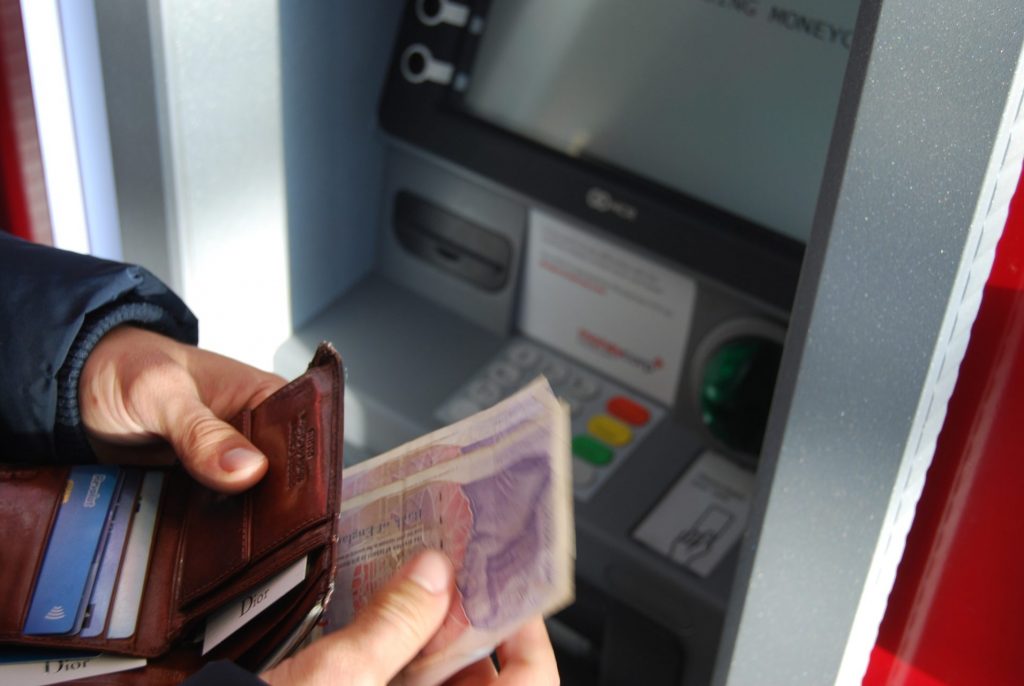Invisalign: Is it worth it?
July 24, 2023
Invisalign is a popular orthodontic treatment that is designed to straighten teeth without the use of traditional braces. It involves the use of a series of clear, removable aligners to gradually shift teeth into their desired position. Although this treatment has gained a lot of popularity over the years, it is important to note some of its pros and cons.

Pros of Invisalign
1. Appearance: One of the most popular benefits of Invisalign is that the clear aligners are almost invisible. This makes them a great option for patients who are self-conscious about the appearance of traditional braces. They are a discreet and less intrusive way to correct dental misalignment.
2. Comfort: Invisalign clear aligners are made from smooth plastic that won’t irritate your gums or inner cheeks. Unlike traditional metal braces, they do not have wires or brackets, so they won’t cause any discomfort or cuts in your mouth.
3. Oral Hygiene: Invisalign allows easy oral hygiene maintenance as the removable aligners enable patients to clean their teeth effectively since they can be removed for brushing and flossing. Unlike traditional braces that require special hygiene attention and brush or thread underneath the wires.
4. Food Restrictions: Unlike traditional braces, Invisalign allows you to eat whatever you like. You can simply remove the aligners before eating, which makes eating more comfortable and convenient.
5. Overall Treatment Time: Invisalign treatment usually takes less time than traditional braces since it eliminates the need for any frequent visit to a dentist, orthodontist, or even emergency care. The patient can progress their treatment without an emergency visit hence cutting down on time and cost.

Cons of Invisalign
1. Cost: Invisalign treatment is relatively expensive compared to metal braces. Depending on the severity of a case, Invisalign can be anywhere from a few hundred to thousands of dollars more expensive than traditional braces.
2. Compliance: Invisalign requires high compliance rates for the treatment to be successful. Patients must wear the aligners for at least 22 hours per day, if not, the treatment effectiveness may be affected, and the timelapse may be elongated.
3. Bite Correction: While Invisalign is effective for mild to moderate cases of bite misalignment, it may not be sufficient for correcting severe bite issues. In such cases, traditional braces may be a better option.
4. Replacement Cost: Invisalign aligners are removable and can get misplaced, broken, or lost. A replacement for a lost or broken aligner could come at an extra cost to the patient.
5. Speech Impediment: Some people may experience a slight alteration to their speech during the first couple of days. This side-effect is rare when compared to traditional braces, but it could occur causing users to avoid speaking in public or to feel self-conscious.
It is crucial to talk to a qualified orthodontist or dentist before deciding to go for Invisalign treatment. The dentist can examine your teeth and recommend the most suitable approach for dental malocclusions. While Invisalign is an excellent treatment option for some patients, it may not be effective for all cases, leading to more expensive or time-consuming treatments.


